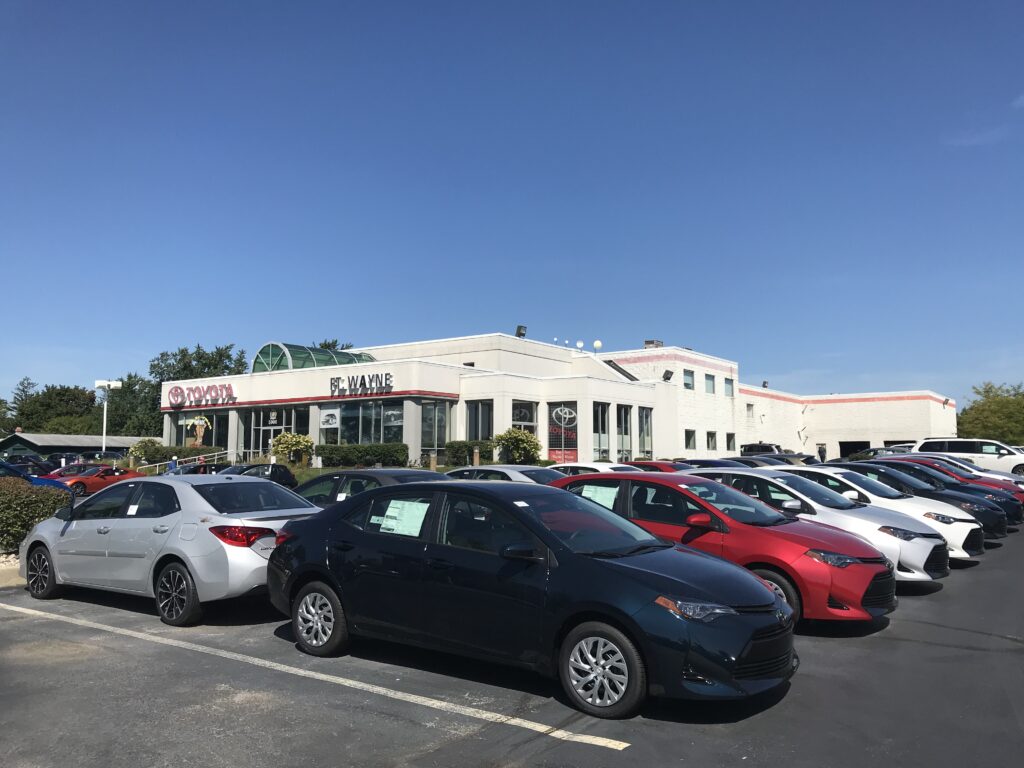Recessed access panels are essential for building design, providing discreet access to concealed utilities like pipes, valves, and electrical components. However, due to many factors, selecting the most suitable panel can be complex for engineers and architects.
This article explores these factors. It aims to help you make informed choices and ensure your selected recessed access panel integrates smoothly with your project’s function and appearance.
Key Considerations for Choosing a Recessed Access Panel
Material Selection
A recessed access panel is essential for functionality and aesthetics. Common materials for recessed access panels include highly durable and possibly fire-rated metal, suitable for high-traffic areas; lightweight and cost-effective plastic, though less durable; and fire-rated materials, crucial for fire safety regulations despite being heavier and pricier. These materials may have size and aesthetic restrictions, requiring additional support.
Size and Weight Considerations
The weight of the panel impacts ceiling support and installation ease. Metal panels are durable but may need additional support, while lightweight plastic panels are easier to install but may not be suitable for large access points or heavy components.
Locking Mechanisms
Choosing a recessed panel’s access mechanism is crucial for security and ease of use. Common options include:
- Tool-operated mechanisms necessitate a key or specific tool for opening and enhancing security measures.
- Push-open mechanisms are ideal for frequently accessed panels.
- Magnetic latches, which balance security and ease of use.
The choice depends on your priorities. Many prefer tool-operated locks for critical utilities or high-security areas. At the same time, push-open or magnetic latches are more suitable for frequently accessed panels in low-security locations.
Fire Rating Requirements
Building regulations often require specific fire resistance ratings for materials in designated locations, indicating how long a material can withstand fire exposure. Understanding these requirements is crucial when selecting recessed access panels.
Fire-rated access panels are constructed with special materials and features to impede fire and smoke passage. Architects and engineers should consult building codes and fire safety regulations to determine the required fire rating for the specific location, ensuring panel integrity during a fire.
Load Capacity Considerations
The recessed access panel should be robust enough to bear the weight of building utilities such as piping, electrical components, and insulation. Choosing the wrong panel can lead to sagging, warping, or panel failure, posing safety hazards.
Your choice of material also directly impacts load capacity, with metal panels offering superior weight-bearing capabilities. Considering the combined weight of utilities behind the panel will help select a material with an adequate load rating.
Project-Specific Needs
Location Considerations
The ideal recessed access panel depends on several project-specific factors. High-traffic areas require more robust panels like metal or plastic, while concealed locations prioritize functionality and cost-effectiveness.
Many recommend a user-friendly locking mechanism for frequently accessed panels, like a push-open latch or magnetic catch. At the same time, tool-operated locks may be more suitable for infrequently accessed panels in secure locations. These factors influence your choice of recessed access panels for your design.
Environmental Conditions
The selection of a recessed access panel also depends on the environment you will place it in. Materials like plastic or metal are excellent for high-humidity areas, while metal panels are suitable for harsh temperatures.
Meanwhile, materials like stainless steel or special plastics are vital for corrosive environments. Understanding these factors helps choose a material that will perform well and retain its integrity over time.
Balancing Functionality and Aesthetics
Recessed access panels are crucial for integrating seamlessly into a design while providing easy access to utilities. However, functional panels may have limited aesthetic options, while sleek, modern panels may not be suitable for high-traffic areas or heavy loads.
To achieve a balance, manufacturers offer access panels in various finishes and colors. You can even paint some to match existing décor. The ideal balance depends on project requirements and priorities, and carefully considering these factors can help architects and engineers select the perfect panel for their needs.
Conclusion
The right recessed access panel selection is a complex task that requires careful consideration of material selection, size and weight limitations, locking mechanisms, fire rating requirements, load capacity, project-specific needs, and the balance between functionality and aesthetics. Understanding these aspects empowers architects and engineers to make informed decisions tailored to their project needs. The ideal panel should provide easy access to concealed utilities and seamlessly integrate with the overall design.






